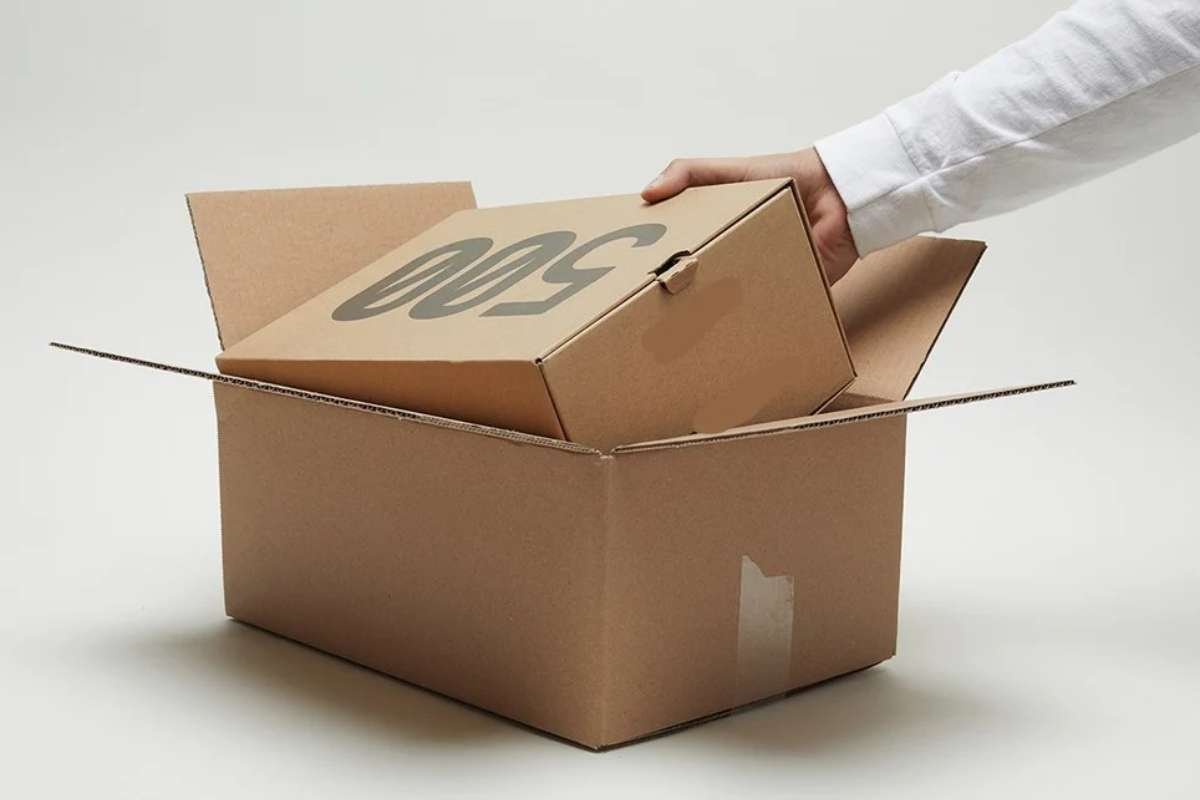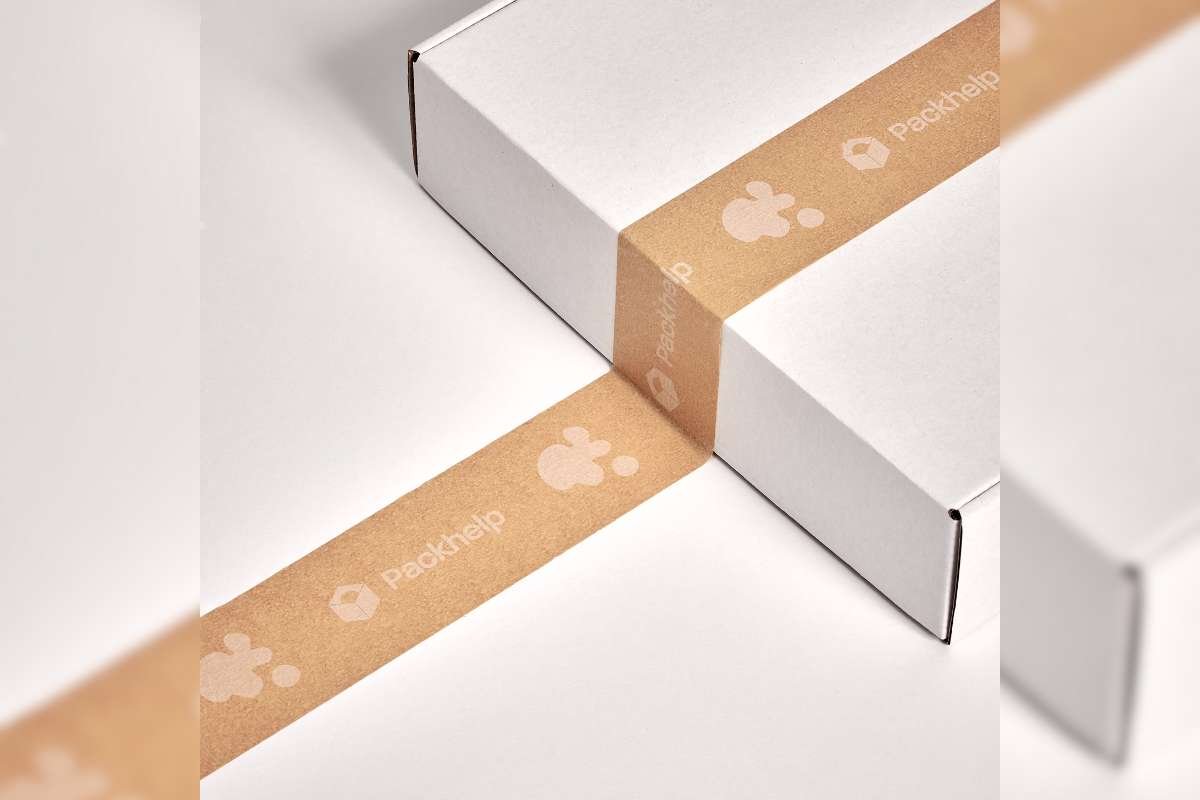- Source: unsplash.com
Shipping tech gadgets isn’t as simple as throwing them in a box with some packing peanuts and calling it a day. Electronics are fragile, expensive, and sensitive to environmental factors like moisture, static electricity, and rough handling. Whether you’re a business shipping out new products to customers or just sending a laptop to a friend, using the right packaging is essential.
Here’s how to properly package and ship tech gadgets to keep them safe in transit while also optimizing for efficiency and branding.
Understanding the Risks of Shipping Tech Gadgets
Shipping electronics comes with more risks than many people realize. These devices contain sensitive components that can be damaged by static electricity, extreme temperatures, or even small amounts of moisture. Without the right packaging, even minor bumps along the way can lead to cracked screens, fried circuits, or dead batteries.
Some of the most common risks include:
- Impact damage – Drops, pressure from heavy packages, and rough handling can cause screens to shatter, ports to bend, or components to shift inside the device.
- Electrostatic discharge (ESD) – Static electricity can short out internal circuits, especially in items like motherboards, RAM, and GPUs.
- Temperature fluctuations – Cold weather can affect battery life, while excessive heat can damage LCD screens and adhesives.
- Moisture exposure – Condensation inside a package can lead to rust or internal corrosion, even if the device isn’t visibly wet.
Understanding these risks is the first step in choosing the right packaging and shipping method to prevent damage.
Choosing the Best Protective Packaging for Tech Gadgets
Tech gadgets require a different level of care when it comes to packaging. Using standard cardboard boxes and packing paper isn’t enough. To ensure devices arrive intact, you need materials that provide impact resistance, moisture protection, and static shielding.

- Anti-static bags – Prevent electrostatic discharge, which is critical for sensitive electronics like graphics cards, hard drives, and circuit boards.
- Foam inserts and bubble wrap – Provide cushioning to absorb shock and vibration during transit. Foam inserts work best for fragile items with irregular shapes, while bubble wrap is ideal for lightweight protection.
- Sealed plastic pouches – Protect against humidity and moisture exposure. If shipping a device with accessories, individually sealing components in plastic helps prevent scratching and contamination.
- Double-boxing – Placing the packaged device inside a second, slightly larger box with additional padding reduces impact from external shocks.
A snug, secure fit is essential. Too much empty space inside the package allows movement, increasing the risk of damage. Custom-fitted packaging ensures devices stay in place, even if the package is tossed around during transit.
How Custom Packaging Improves Safety and Brand Perception
For businesses, packaging isn’t just about protection—it’s also about branding. A well-designed package enhances the unboxing experience and reinforces your company’s professionalism. When customers receive a high-value product in premium, thoughtfully designed packaging, it creates a lasting impression.
Custom packaging offers:
- A perfect fit for each product, minimizing movement and impact damage.
- A professional, high-end look that elevates the brand experience.
- Additional branding opportunities, with logos, messaging, and sleek design elements that make the package feel premium.
Tech companies that want to improve their shipping process and branding can shop custom boxes to create secure, stylish, and protective packaging. Investing in high-quality materials doesn’t just improve customer satisfaction—it can also reduce return rates caused by damaged goods, saving businesses money in the long run.
Best Packing Practices for Different Tech Gadgets
Different types of electronics require different packaging methods. A one-size-fits-all approach doesn’t work when shipping tech gadgets, so knowing the best way to package each device is key.

- Smartphones & Tablets – Use rigid boxes with foam inserts that cushion all sides of the device. A thin layer of bubble wrap around the phone or tablet adds extra protection.
- Laptops – Corner protectors help prevent screen and hinge damage. Wrap the laptop in anti-static foam and use double-boxing to minimize movement.
- Gaming Consoles – Keep the original packaging if possible, as manufacturers design them for safe transport. If repackaging, use thick foam padding to prevent shifting.
- Cameras & Accessories – Wrap lenses separately and use padded dividers to keep items from knocking into each other. A hard-shell case inside a shipping box adds an extra layer of protection.
- Smart Home Devices – Many contain delicate internal components, so secure packaging with custom-cut foam inserts prevents movement and internal damage.
- Drones & Wearables – Impact-resistant padding is necessary to protect fragile propellers, sensors, and screens. Secure accessories separately to avoid pressure on the main device.
Growing Your Business with Better Packaging and Logistics
For tech businesses, better packaging doesn’t just mean fewer damaged products—it also supports business growth. When a brand invests in packaging that keeps items safe, customers take notice. They’re more likely to leave positive reviews, share their unboxing experiences, and return for future purchases.
High-quality packaging can also help a business scale. When sales increase, businesses often need more space for inventory, packing stations, and fulfillment processes. Many companies that improve their logistics find that they need to grow their space to accommodate demand and keep up with shipping efficiency. Investing in better packaging today can set the foundation for long-term growth.
Reducing Environmental Impact When Shipping Tech Gadgets
Sustainability is a growing concern in the tech industry, and packaging plays a big role in reducing waste. Many businesses are adopting eco-friendly packaging options to reduce their carbon footprint while maintaining product safety.
Sustainable packaging solutions include:
- Biodegradable packing peanuts – A safe, non-toxic alternative to traditional Styrofoam fillers.
- Recyclable cardboard boxes – Opting for FSC-certified materials ensures packaging is sourced responsibly.
- Minimalist packaging – Reducing unnecessary packaging elements cuts down on waste and shipping costs.
- Reusable mailers – Some brands are offering returnable packaging that customers can send back for reuse.

Shipping tech gadgets safely requires more than just a sturdy box. Electronics are sensitive to impact, static, and environmental changes, making it crucial to use protective materials, secure packaging techniques, and well-designed custom boxes. Whether you’re a business shipping hundreds of units or an individual sending a single device, the right packaging ensures that the product arrives in perfect condition.
For businesses, investing in better packaging goes beyond product safety—it enhances branding, improves customer satisfaction, and supports long-term growth. And by considering eco-friendly options, brands can build a positive reputation while reducing their environmental impact.
With the right strategies, shipping tech gadgets safely can be easy, and efficient, and it is an opportunity to make a strong impression on customers.
